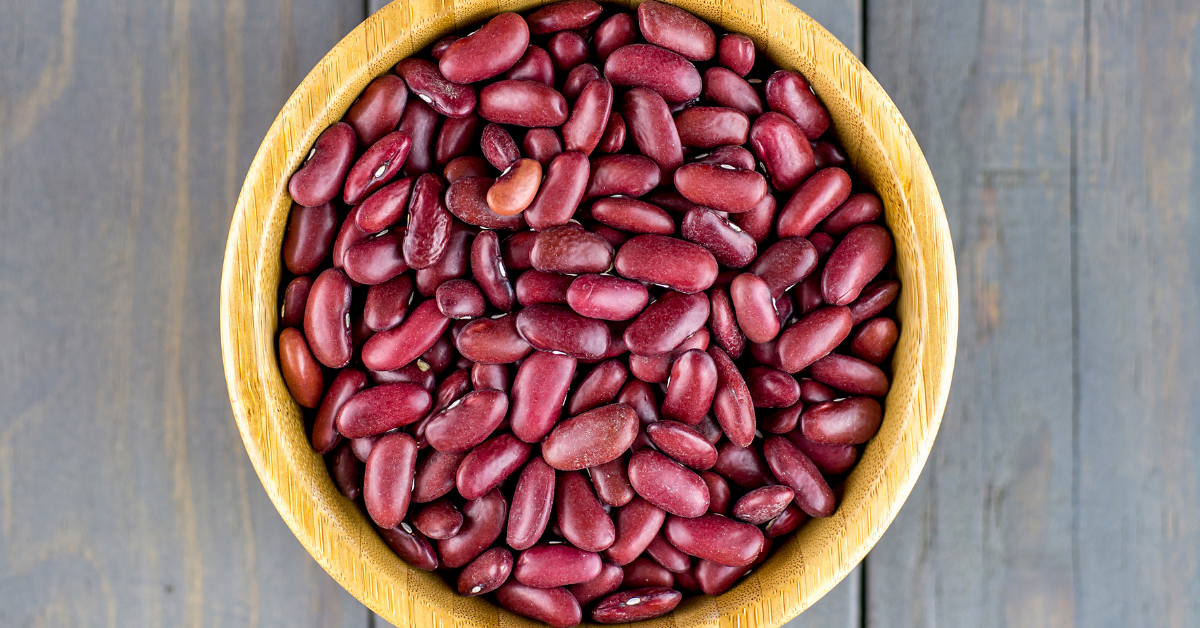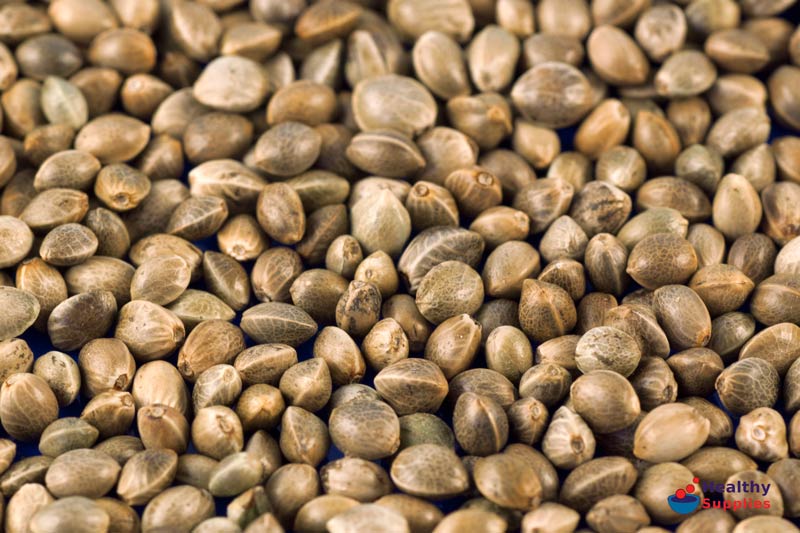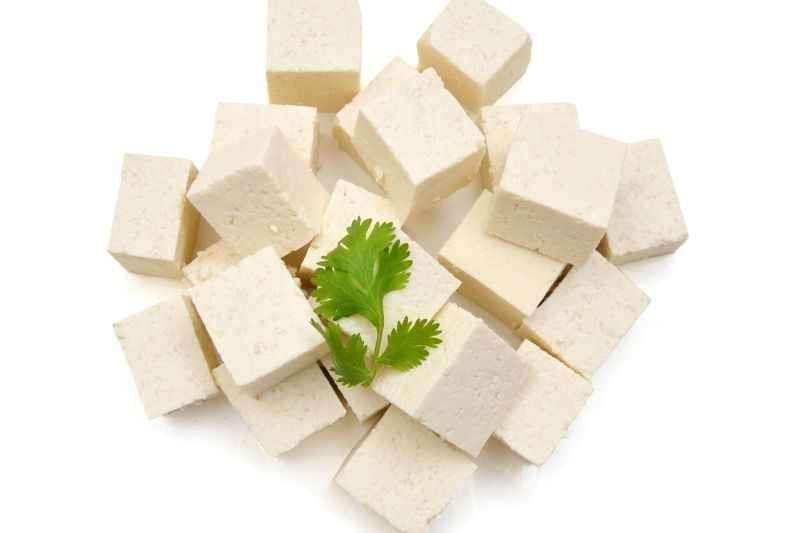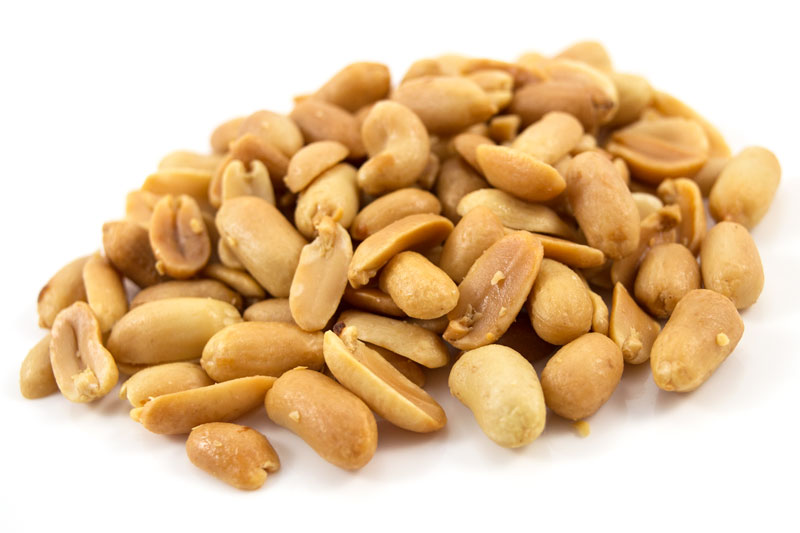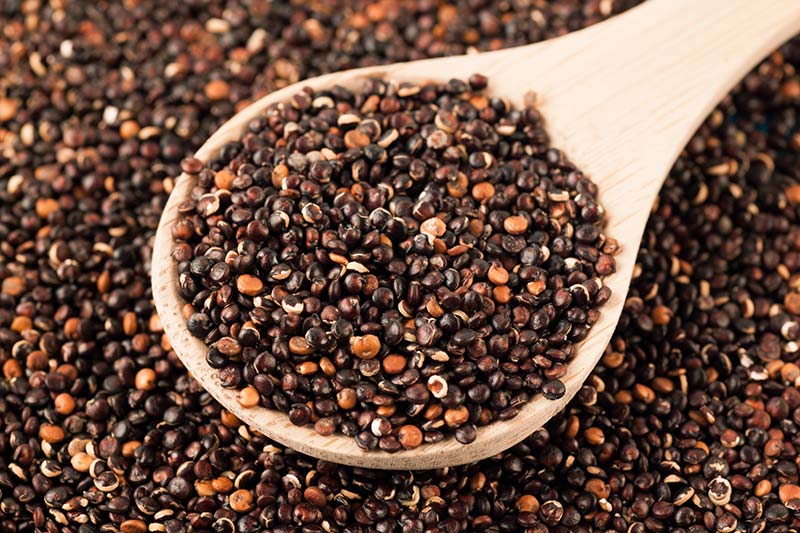Max Your Body’s Power With Protein
We’ve all heard that Protein is an essential part of our diet and that we should always ensure we get enough of it, but what is protein? How much protein should we be eating? And what does protein do for us exactly?
Proteins (often called ‘the building blocks of life’) are large molecules with complex structures made up of amino acids, and are found in many foods. When eaten, they play a pivotal role in our biological processes. They are essential for building and repairing bodily tissues, regulating the functions of our organs, protecting us from viruses and bacteria, transporting molecules around the body and helping babies and youngsters grow.
The NHS advises adults to eat 55.5g of protein daily for men and 45g for women, although we should avoid eating more than twice this amount. So what are the best ways to get protein? Let’s take a closer look….
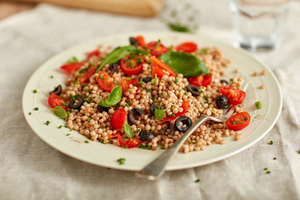
Plant-based vs. animal-based protein
Protein gained from animal sources is generally complete protein, meaning it contains all the essential amino acids we need, whereas plant-based protein is usually incomplete protein, meaning it doesn’t. However, consumption of meat is linked to far higher incidence of heart disease, stroke, diabetes, Alzheimer’s disease and many other chronic conditions, compared to a plant-based diet. Studies suggest that vegans and vegetarians tend to have a lower body weight, lower cholesterol and lower blood pressure levels. However, they also tend to have less lean muscle mass, especially in older age. Vegans and vegetarians are advised to eat a wide variety of different foods to ensure they take in all the amino acids they need.
Although there are 22 amino acids, a protein source is called ‘complete’ if it contains the nine we really need most: histidine, isoleucine, leucine, lysine, methionine, phenylalanine, threonine, tryptophan and valine. These are very interesting compounds, and science is discovering more about them constantly. Tryptophan is a pre-cursor to serotonin, the brain’s ‘happy hormone’, and the body uses phenylalanine to make chemical messengers, but we’re still not quite sure how. Lysine is recognised to play a role in wound healing, but the exact way in which this happens is still unclear. The body can’t make any of these on its own, so unlike the other 13 amino acids, these are the ones we need to get from the food we eat. There are some non-animal-based foods that contain all of them, chief among which are Quinoa, Buckwheat, Soy and Hemp.
Protein goes hand in hand with muscle – it’s essential to take on plenty of protein if you want your muscles to be working at peak capacity. However, eating more protein doesn’t necessarily mean you’ll have bigger muscles, because you can’t absorb more than a certain amount of protein in one sitting. This amount seems to be somewhere between 25-35 grams. Protein is used by muscles to repair tiny tears that occur when we exert them; with too little protein, these tears cannot be sufficiently repaired – but eating too much protein in one meal won’t make you superhuman – sorry! It’ll just go straight down the toilet without being used.
Protein has a remarkable affect on our appetite – a similar weight of fat and carbohydrate doesn’t do nearly as well at satisfying our hunger, as this report from 2004 concluded. Another trial from 2011 found high-protein meals led to improved appetite control and feelings of fullness in obese men. And that’s not all – in 2005, The American Journal of Clinical Nutrition reported that a high-protein diet leads to long-term reductions in calorie intake and increases feelings of fullness despite not changing our levels of leptin (the hormone which tells us we’re full).
Whatever source of protein you choose, bear in mind that your choice will always have repercussions for planet Earth, and some forms of protein are colossally more damaging than others in terms of their carbon footprint. When land use, emissions and water consumption are measured, topping the list for environmentally damaging sources of protein is beef, followed by pork, farmed fish, poultry, dairy and eggs. Plant-based sources of protein are overwhelmingly less damaging. The World Resources Institute reported that production of animal-based foods accounted for more than three-quarters of global agricultural land use and around two-thirds of agriculture’s production-related greenhouse gas emissions in 2009, while only contributing 37% of total protein consumed by people in that year.
